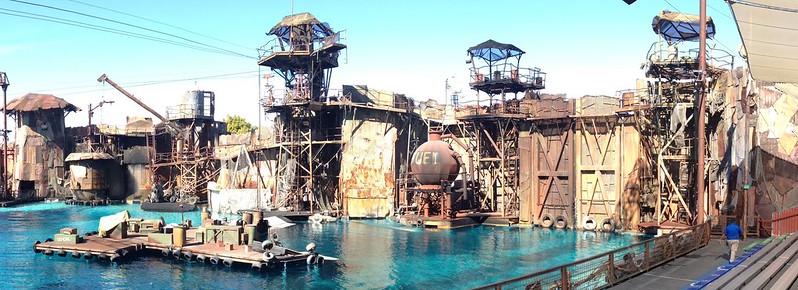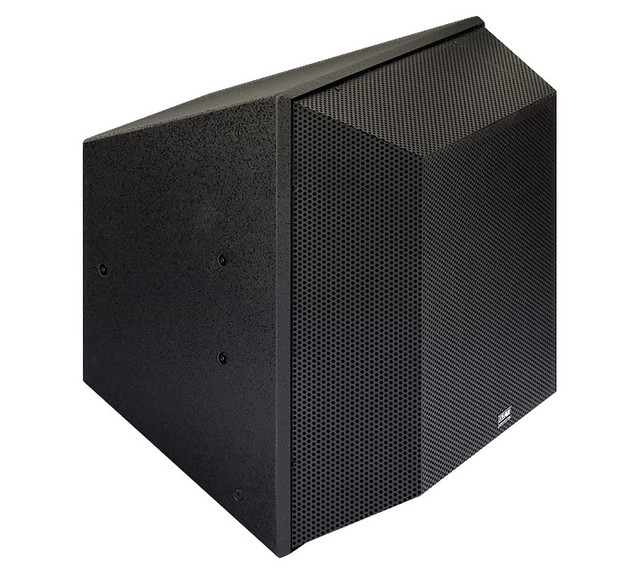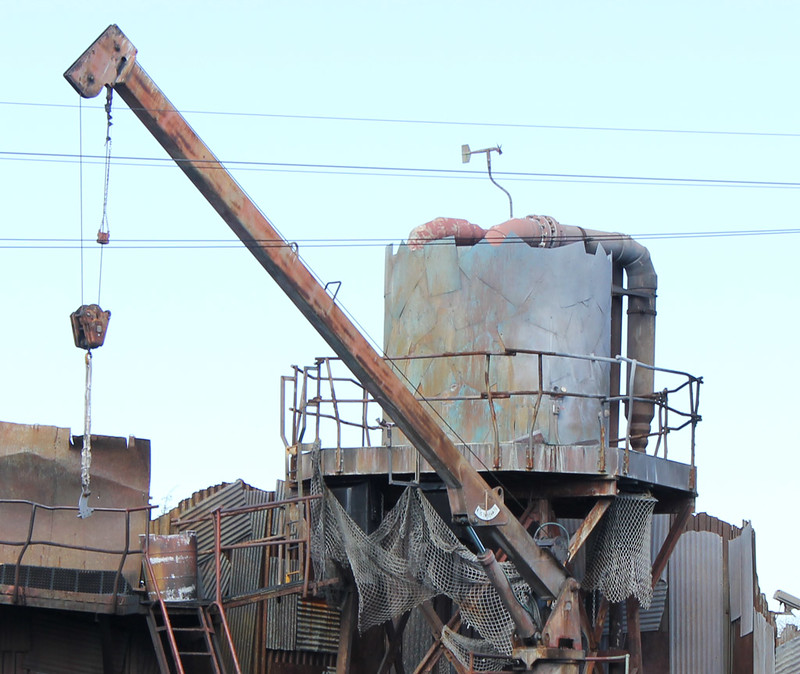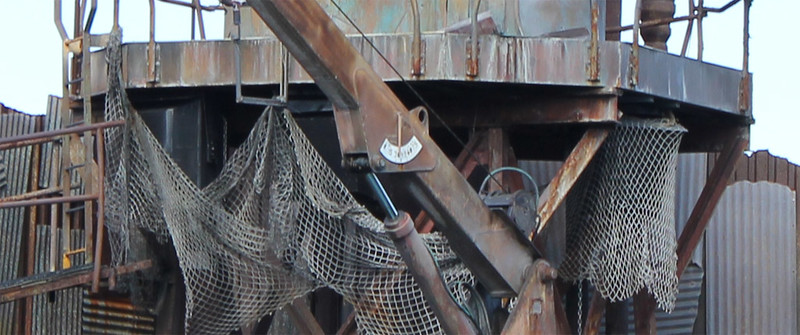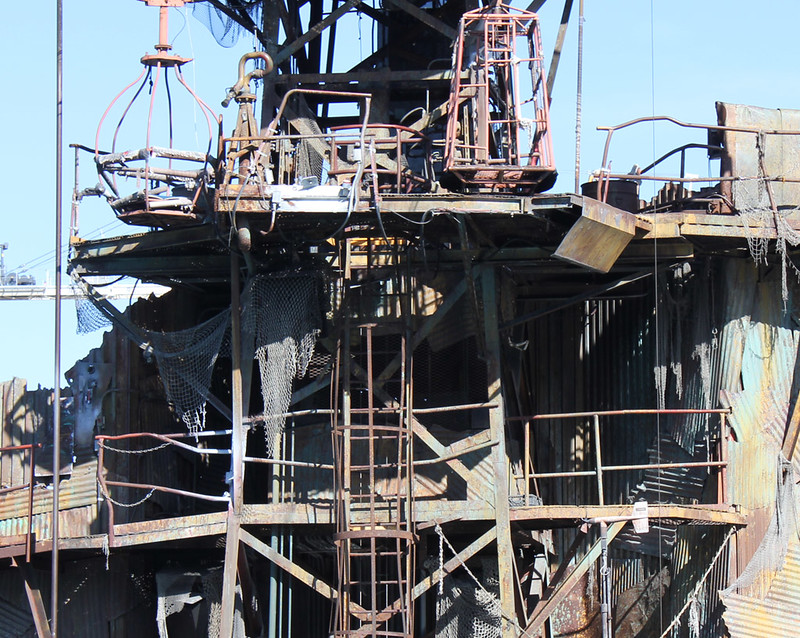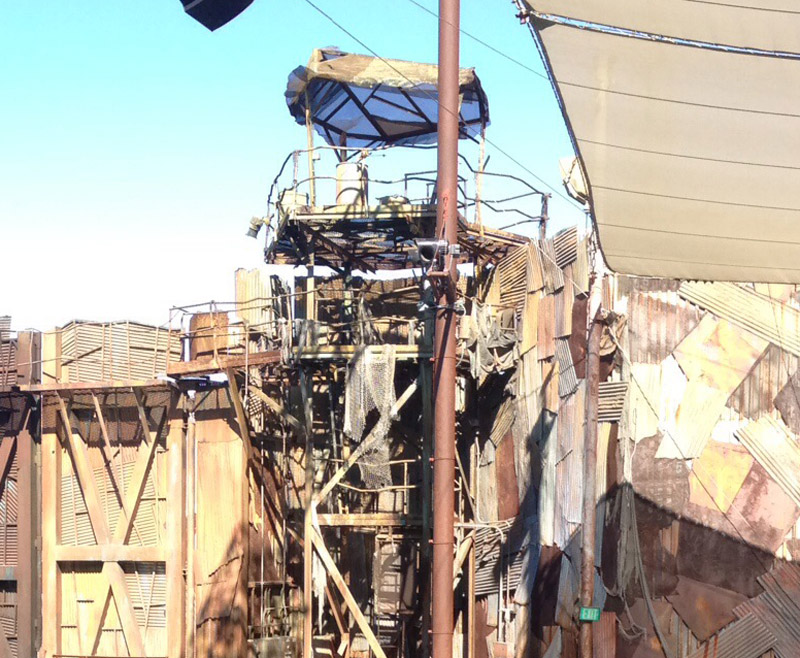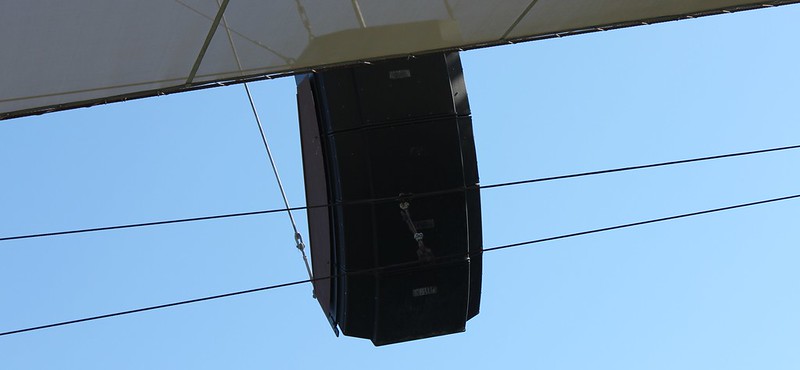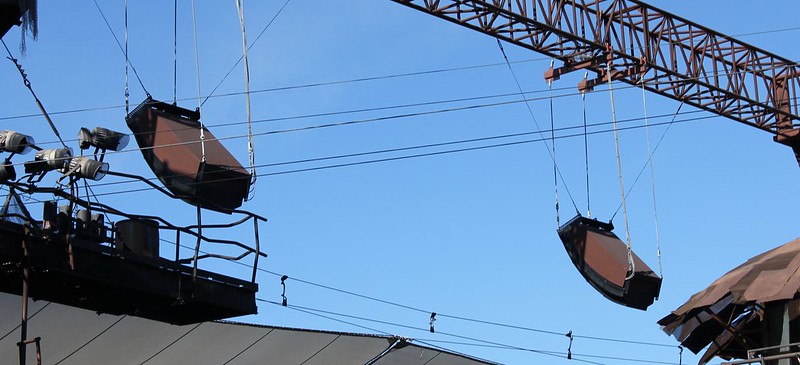February 15, 2013 – Sound is an essential element of any theme park attraction.
Full stop.
And while audiences may not automatically notice its effects, an attraction’s audio can either make or break an experience in often unexplainable ways. After all, most guests can’t explain why they’ve had a bad experience at a ride or show due to faulty audio other than the fact that certain elements did not feel just right.
Thus, the art of designing a successful audio system is an inherently complex task – with multitudes of variables, restrictions and other extenuating circumstances that most guests are unaware of in their day to day theme park adventures.
So today, we’re going to take a look at the audio behind one of Universal’s most elaborate shows: WaterWorld – A Live Sea War Spectacular. With an outdoor stadium, fire effects, noise restrictions and the threat of water, WaterWorld isn’t exactly an easy show to setup. Over the years, the show has continually added sound elements throughout the theater – some obvious, and others hidden beneath the dreary looking scenery.
But before I get started, let me state this disclaimer: while every effort has been made to ensure that this article is accurate, I must disclose the fact that I am not an audio engineer, nor do I know the complete details behind Universal’s elaborate setup. These are simply my best guesses at how things tick based off my personal observations. If you are in the industry and you notice an error, please send me an email to my address at the bottom of the page. So with that in mind, let’s take a look at how the audio is divided in the WaterWorld arena.


For the purposes of this article, WaterWorld’s sound zones will be divided into four distinct categories, with zone one (outlined in purple) providing the theater’s central audio effects and prerecorded dialogue, zone two (outlined in green) providing the bulk of the actor’s dialogue and show track, zone three (outlined in red) providing minor audio effects for the front of the seating area and zone four (outlined in yellow) providing much of the back fill effects.

Zone one includes three banks of speakers – one underneath the water tower, one underneath the main atoll, and the final bank located on the far right side of the gate. These speakers provide the bulk of the theater’s secondary sound effects, such as the creaking and croaking of the atoll, the opening/closing of the gate, the gatling gun, the bubbling of the toxic dump tank (far left hand side) and portions of the prerecorded dialogue (“Helen, it’s good to see you alive! Where have you been?”).
Like the bulk of the speakers in the arena, this zone (most likely composed of models from EAW’s QX line) is meant to blend in seamlessly. They’re not meant to call your attention, and their only purpose serves to provide localized dialogue (such as Helen’s initial conversation with an Atoller) and subtle theater effects. They also serve to accentuate the gatling gun effect as the battle boat ramps around the arena, shooting at its inhabitants.
Three speakers are hidden underneath the water tank.

One speaker mounted underneath the main atoll.

…and finally, one speaker mounted to the far right of the gates.

Zone one includes three banks of speakers – one underneath the water tower, one underneath the main atoll, and the final bank located on the far right side of the gate. These speakers provide the bulk of the theater’s secondary sound effects, such as the creaking and croaking of the atoll, the opening/closing of the gate, the gatling gun, the bubbling of the toxic dump tank (far left hand side) and portions of the prerecorded dialogue (“Helen, it’s good to see you alive! Where have you been?”).

